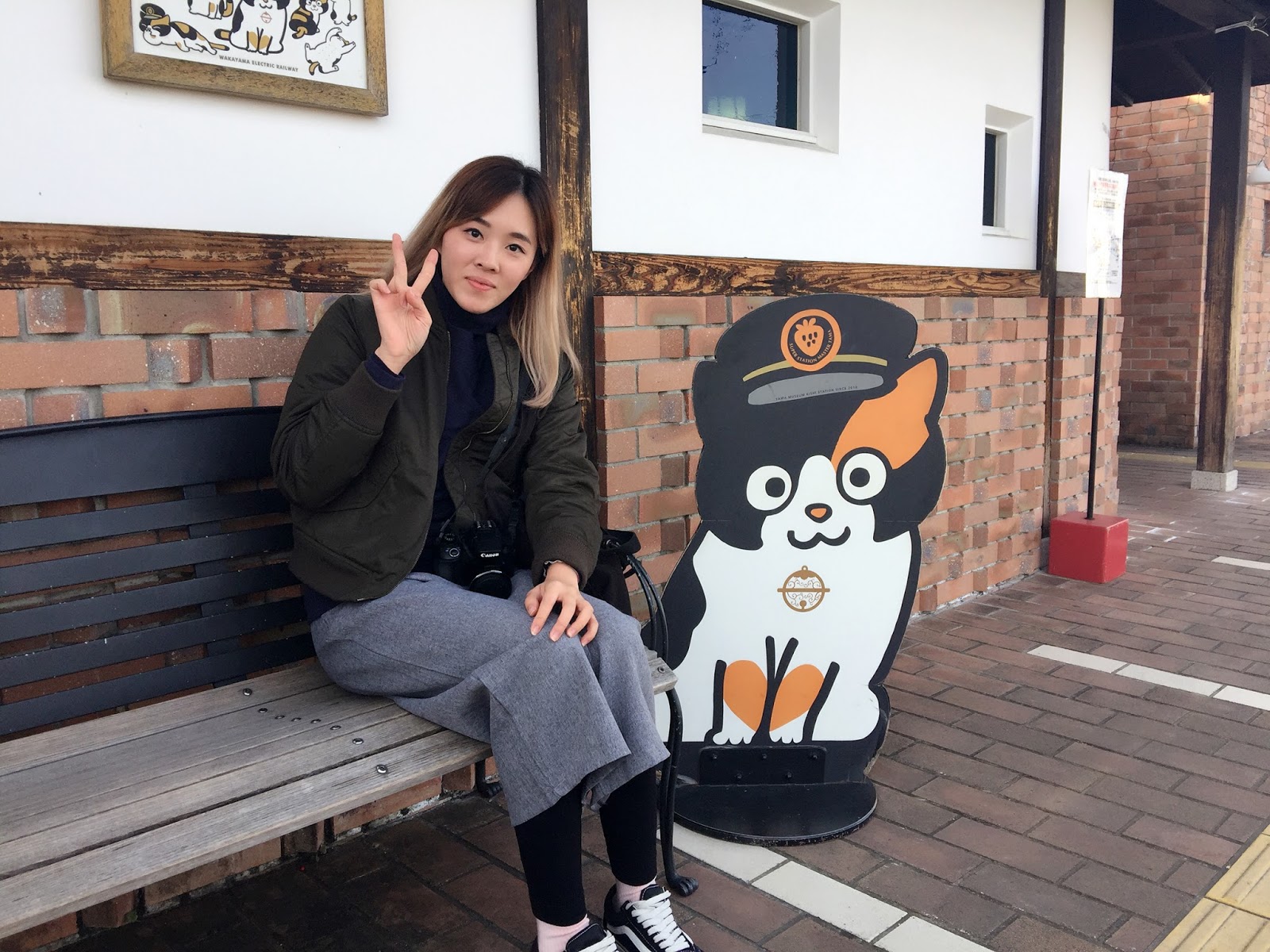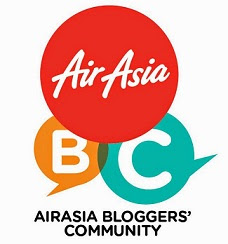
Sorry for being out of the topic a little :D
Besides knowing about the extreme activity that will be carry out during the Winter Olympic, Jeongseon has its own attractions too. It's beautiful enough for a tourist to discover more about the local culture.
1) Auraji Lake
Auraji is the name of a lake located in Yeoryang-myeon in Jeongseon-gun. It is here that Jeongseon Arirang, the No. 1 Intangible Cultural Asset of Gangwon-do, originated. The area has long been famous for its beautiful, clean mountains and rivers. Its name is derived from the Korean word ‘eoureojida,’ meaning ‘to meet’ as the waters of Pyeongchang and Samcheok unite in this area.
Part of the upper stream of Namhangang River, Auraji was a famous starting point of log rafts transporting timber to Hanyang, the original name of Seoul. In the old days, one could always hear the singing of boatmen who came from all over the nation. The lyrics of Jeongseon Arirang reveal the sadness and longing of a woman awaiting her husband who left for business to a far-away place or left to transport timber. Today, numerous tourists visit Auraji to enjoy its great scenic views or to see the symbol of a maid who, gazing into the river, seems to be waiting for her lover to return.
2) Jeongseon 5 Days Market
Jeongseon Arirang Market was a leader in agricultural markets across the country, drawing in close to 130,000 visitors per year in the early 1980s. However, with the rapid industrialization and migration of youth to the cities, the number of farmers have declined in recent years. Despite this decrease in workers, the stalls here still manage to sell all kinds of vegetables from Korean chili peppers to bellflower root to potatoes, garlic and more. Most of the produces for sale was harvested directly by the seller, providing fresh ingredients at low prices. Jeongseon Arirang Market is famous for medicinal herbs, with many tourists coming a long way to purchase these products. While many stalls are open throughout the week, the market becomes full and robust on official market days, taking place on all days ending in a 2 or 7. Korail operates the A-Train, a special tourist train that departs for Jeongseon from Cheongnyangni Station on market days.
Market Opening Dates :
On the 2nd, 7th, 12th, 17th, 22nd, and 27th of every month
3) Arii Hills : Byeongbangchi Sky Walk and Zip Wire
Byeongbangchi Observatory is located in the between Gyuram-ri and Buksil-ri in Jeongseon-eup and features breathtaking views surrounding Bamseom Island whose shape is like the Korean peninsula with streams of Donggang River. Byeongbangchi Skywalk experience offers a thrilling experience as it gives a feeling of walking in the sky thanks to the tempered glass on the ‘U’ shaped structure (11m) projected from the cliff at altitude of 583m. From this observatory, tourists can see the beauty of Bamseom Island and Donggang River, making it an attractive point to visit.
4) Jeongseon Rail Bike
The rail bike in Jeongseon is a new type of leisure sport that combines biking along a railway and scenic views. Rail bikes are commonly found in the mountainous regions of Europe. The sport makes use of an abandoned railway track that runs from Jeongseon's Auraji to Gujeol-ri. The total track is 7.2 kilometers long and is a continuous descent that is easy to ride along clean valley waters and crimson red foliage.
There are 2-person (110 kilograms) and 4-person rail bikes (138 kilograms). Despite its large size, a rail bike runs quite smoothly so it is sufficient for one person to pedal a 4-person rail bike at speeds of 10 to 30 kilometers per hour.
At the boarding area in Gujeol-ri Station, there is a café named ‘A Grasshopper’s Dream.’ Housed in a train, the café is the shape of a grasshopper. The rail bike starts in Gujeol-ri station and ends in Auraji Station. Ride at a slow speed of 15kph to enjoy the surrounding scenery. On the way back, you will return to Gujeol-ri on a free train for a comfortable ride with a view.
5) Samtan Art Mine
Samtan Art Mine is a cultural art complex, transformed from an abandoned mine at the foot of Hambaeksan Mountain, the main production area of stone coal in Korea. The name ‘Samtan’ refers to Samcheok Tanjwa, one of the major coal mines in Korea, and ‘Art Mine’ plays on the history of the coal mine. There are many cultural art spaces throughout the nation, but Samtan Art Mine attracts visitors for being located inside an actual mine site. Opened in 1964 as a industrial establishment, the mine operated until October 2001. Samtan Art Mine draws even deeper artistic meaning due to this poignant history.







































